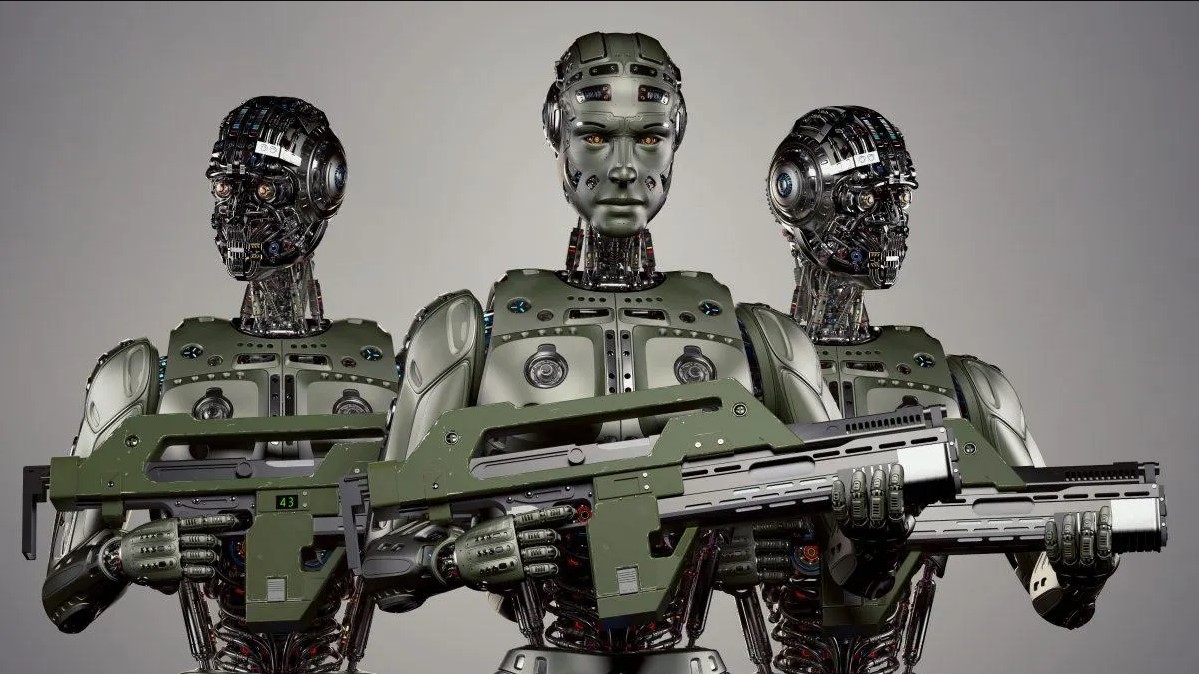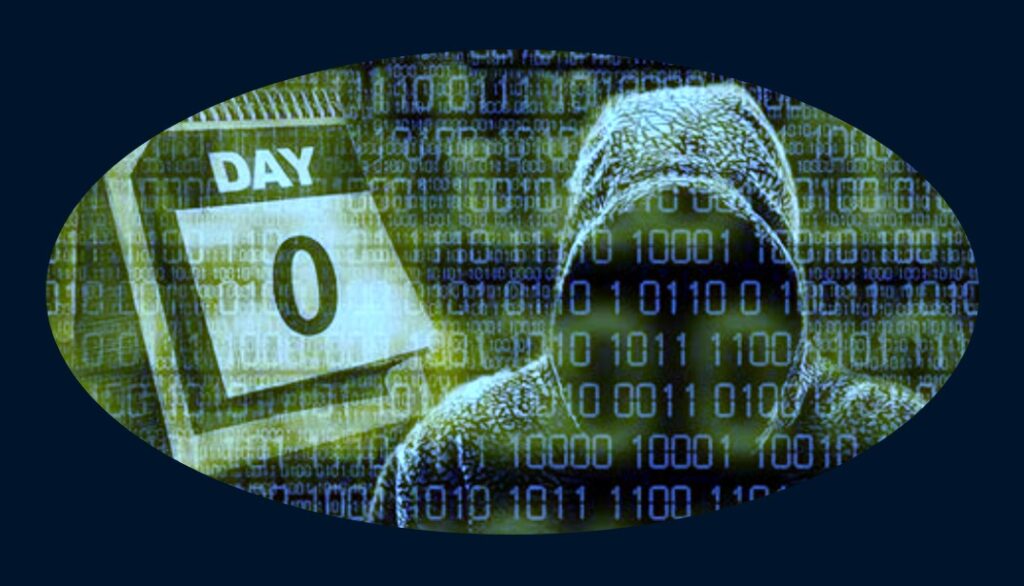The Dark Side of Attackers Weaponizing AI
April 4, 2025

Artificial intelligence (AI) has revolutionized industries, enhancing efficiency, automation, and innovation. From healthcare to finance, AI is transforming the way businesses operate and solve problems. However, like any powerful tool, AI has a darker side. As defenders scramble to use AI for protection, attackers are leveraging it as a weapon to amplify their malicious activities. In this post, we explore how AI is becoming a dangerous tool in the hands of cybercriminals and what organizations can do to defend against this new wave of threats.
AI as a Double-Edged Sword
AI is inherently neutral; its impact depends on how it’s used. While organizations use AI to detect anomalies, prevent fraud, and streamline operations, attackers exploit its capabilities to craft more sophisticated and hard-to-detect attacks. The same technologies that power chatbots, recommendation engines, and predictive analytics can be weaponized to deceive, disrupt, and steal.

AI-Driven Threats: How Attackers Are Using AI
- Automated Phishing Attacks: Phishing has long been one of the most effective tools for cybercriminals, but AI is taking it to the next level. AI algorithms can:
- Generate highly personalized phishing emails: Attackers can scrape social media and other public data to craft convincing messages tailored to individual targets.
- Bypass traditional detection systems: AI can continuously tweak emails to avoid detection by anti-phishing tools, making them more effective over time.
- Deepfake Technology: Deepfake AI generates hyper-realistic images, videos, and audio, creating new opportunities for fraud and misinformation. Attackers can use deepfakes to:
- Impersonate executives: Convincing video or audio deepfakes can be used in business email compromise (BEC) scams to authorize fraudulent transactions.
- Spread disinformation: Political campaigns and social movements can be targeted with fake content, undermining trust and creating chaos.
- AI-Powered Malware: Traditional malware operates on predefined rules. AI-powered malware, on the other hand, can:
- Learn and adapt: These programs can change their behavior based on the environment, making them harder to detect and remove.
- Evade defenses: AI enables malware to identify and exploit vulnerabilities in real-time, bypassing firewalls and other security measures.
- Adversarial Attacks on AI Systems: Ironically, attackers are targeting the very AI systems businesses rely on for security. Adversarial attacks manipulate AI algorithms by feeding them false data, causing them to make incorrect decisions. For example:
- Fooling facial recognition systems: Attackers can create adversarial images that bypass authentication mechanisms.
- Disrupting self-driving vehicles: Malicious actors can trick AI models into misinterpreting road signs or objects.
AI-Driven Social Engineering
AI can process vast amounts of data to predict human behavior, enabling attackers to craft social engineering attacks that are more convincing than ever. For instance:
- Predicting responses: AI can analyze a target’s online behavior to anticipate how they’ll react to specific messages.
- Scaling attacks: Automated systems can execute thousands of social engineering attempts simultaneously, increasing the chances of success.
The Impact of AI-Driven Cyberattacks
AI weaponization has profound implications:
- Increased scale: AI allows attackers to execute attacks on a much larger scale than human-driven efforts.
- Greater sophistication: The use of AI results in attacks that are harder to detect and defend against.
- Economic damage: Cyberattacks already cost businesses billions annually, and AI-driven threats could exponentially increase these losses.
- Erosion of trust: Deepfakes and AI-generated disinformation can undermine trust in institutions, businesses, and individuals.

Defending Against AI-Driven Attacks
While the rise of AI-powered threats is alarming, businesses and individuals can take steps to protect themselves:
- Implement AI-Powered Defenses:
- Fighting fire with fire, organizations can use AI to:
- Detect anomalies in network traffic.
- Identify and respond to phishing attempts in real-time.
- Analyze behavior to detect potential insider threats.
- Fighting fire with fire, organizations can use AI to:
- Enhance Employee Training:
- Human error remains a major vulnerability. Regular training can:
- Help employees recognize sophisticated phishing and social engineering attempts.
- Promote a culture of vigilance around cybersecurity.
- Human error remains a major vulnerability. Regular training can:
- Strengthen Authentication Mechanisms
- Use multi-factor authentication (MFA): This adds an extra layer of security, even if credentials are compromised.
- Adopt biometric verification carefully: Be aware of vulnerabilities to adversarial attacks and implement additional safeguards.
- Monitor and Patch Systems
- Regularly update software to address vulnerabilities.
- Use threat intelligence feeds to stay informed about emerging AI-driven threats.
- Collaborate on AI Security
- Governments, private organizations, and academia must work together to develop guidelines and tools to combat AI weaponization.
- Promote ethical AI development to minimize misuse.
Looking Ahead
As AI technology continues to evolve, so too will its potential for misuse. The weaponization of AI is a reminder that innovation must be paired with responsibility. Organizations must remain vigilant, investing in both cutting-edge defenses and robust cybersecurity policies.
While the threats posed by AI-driven attacks are significant, they are not insurmountable. With the right strategies and a proactive approach, businesses can mitigate risks and harness AI’s potential for good rather than harm. The battle for cybersecurity in the age of AI has just begun, and staying one step ahead will require constant adaptation and collaboration.
Have Any Question?
Call or email Cocha. We can help with your cybersecurity needs!
- (281) 607-0616
- info@cochatechnology.com




